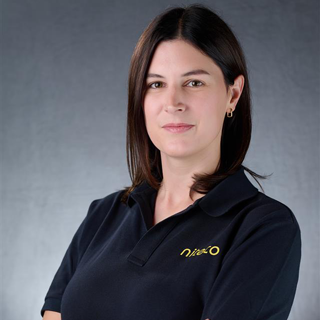As a Delivery Manager at Niteco, a global full-service digital agency, with teams and clients spread across continents, I’ve learned that effective project delivery rarely happens in a shared time zone. In fact, it's not unusual for our developers in Vietnam to be logging off just as our teams in London are starting their day, while our clients in the US are still fast asleep.
In this kind of environment, the traditional approach of daily standups and real-time collaboration, simply doesn’t work. To keep momentum and quality high, we’ve embraced time zones. Not as a barrier, but as an advantage. A way to keep projects moving in a near-continuous cycle of progress.
Here are three key strategies that help us deliver successfully with distributed teams around the world:
Master Asynchronous Communication
Async communication is the backbone of effective global delivery. But to make it work, teams need to shift their mindset from “when” we communicate to “how” we communicate.
Instead of relying on real-time replies, we focus on creating updates that are clear, complete and actionable. Even when read 12 hours later. Every decision, change, or request is documented with enough context that someone coming online later can understand what was decided and why. We use tools like Confluence, DevOps, and dedicated Microsoft Teams channels to maintain a detailed and accessible project history.
We ensure that everyone knows how to distinguish between urgent and routine. Urgent issues are clearly flagged so they’re prioritized and resolved quickly, even across time zones. This reduces unnecessary stress while keeping the team aligned.
Maximize Overlap Hours
Even with strong async habits, some issues are best solved in real time. That’s why we intentionally identify and protect overlap windows in our diaries. Those few hours when multiple teams are online together.
These blocks are used strategically for live reviews, critical decisions, handovers, and collaborative problem-solving. While some meetings may occasionally fall slightly outside regular working hours, we’re careful to respect work-life boundaries and avoid burnout.
It’s all about balance, using real-time moments where they matter most, and letting async do the heavy lifting elsewhere.
Build a Global Mindset
Successful global delivery goes beyond tools and workflows; it requires a cultural shift. Rather than viewing time zone distribution as a constraint, we treat it as a strategic advantage.
Our follow-the-sun model enables projects to move forward 24/7. Design feedback left by a client in the US can be addressed by the team in Vietnam while they sleep. A developer in Vietnam can resolve blockers before the London team logs in. Someone is always available to support our clients, no matter where in the world they are.
We also benefit from diverse perspectives, cultural richness, and a round-the-clock ability to respond to urgent client needs. When everyone embraces a global mindset, communication becomes more inclusive, planning becomes more thoughtful, and delivery becomes more resilient.
Final thoughts
Managing global delivery needs more than just rescheduling meetings or adopting new tools. It’s about building a system of trust, clarity, and accountability. One that works regardless of anyone else being online at the same time.
At Niteco, we’ve seen firsthand how the right mindset and practices can turn time zones into a strength. With strong async communication, smart scheduling, and a globally inclusive approach, distributed teams can do more than keep up, they can thrive.
When done right, delivery doesn't work despite the time zones, it works because of them.



